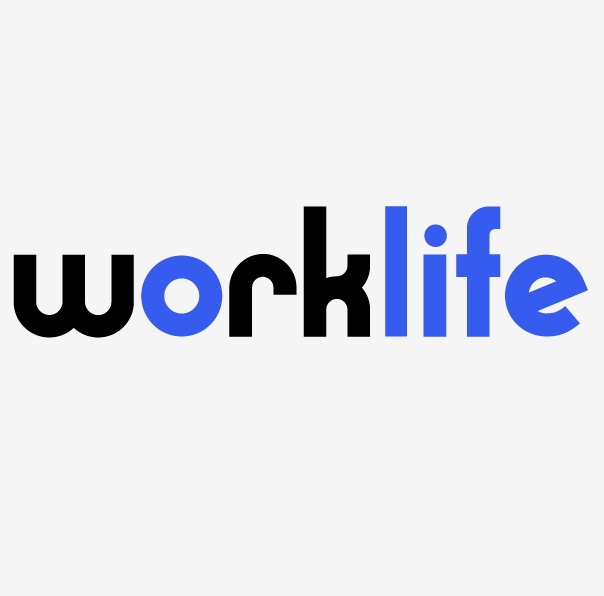With the passing this week of Playboy founder Hugh Heffner, we are reminded of one of our early confrontations with the ambiguities as to what, in legal terms, creates a sexually hostile work environment.
When we were relatively newborn employment lawyers, a client asked us whether having Cosmopolitan magazine in the waiting area of its office could create a sexually hostile work environment. An employee had complained.
Clueless about popular culture as we were, our initial reaction was, why would it? Then we looked at the cover. Oh boy, who knew! Just looking at the more recent covers 20+ years later, nothing has changed. The one with Kate Hudson on the cover and subtitled The Wellness Issueincludes headlines such as, 76 Sex Secrets, 4 Hidden Moan Zones, and Toys that Hit The Spot. Ah that’s what they mean by Wellness. And the one with Ariana Grande starts with 101 Sex Moves. Seriously…101? You get the point.
Ironically, just two years ago, Cosmo did a survey of more than 2,000 women about their experiences with sexual harassment at work and published an article entitled, What Sexual Harassment at Work Really Looks Like. Some might say, “See front cover. The end.” While not surprisingly, the survey found that approximately a third of women 18 to 34 claimed to have been sexually harassed at work. The article theorized that there are more ways to creep on someone at work than ever before—and perhaps more confusion about what’s off limits. Although that may be true, texting pictures of genitals to job candidates is still off limits. (see our article, Linkedin: Non-Competes, Non-Solicits and Naked Pictures). But Cosmo made an interesting, non-erotic point:
As the workplace starts to feel more laid-back (your boss is your Facebook Friend, your co-workers text you after hours, everyone meets for Whiskey Thursdays…at the office), more subtle forms of sexual harassment are taking a psychological and economic toll…
Because Cosmo is right that there are more venues for sexual harassment than ever, and probably accurate that social media may cause employer’s guard to be down, most of our clients have heard our rant on this subject. In case you have not: Employers (meaning executives, managers, supervisors and owners) should not, under any circumstances, be “friends” with their employees on Facebook, Instagram, Snapchat or any other social media for reasons too numerous to mention here. But if you want an ear full, call us. Nor should employers text employees, unless it is about work and only during business hours for non-exempt employees.
So can having Cosmo in the waiting area create a sexually hostile work environment for those of us who cannot even fathom how there can be 101 sex moves? The answer may be rooted in Hef’s legacy. Way back in 1994, a federal court in California tackled that issue when LA Fire Department Captain Steven Johnson sued with the help of the unlikely duo of Playboy and the ACLU. It seemed that while not risking his life, Captain Johnson liked to “read” Playboy Magazine at the firehouse, but the LAFD’s then new sexual harassment policy banned his choice of reading material. Now keep in mind that because this is a public entity case, First Amendment issues that do not apply in the private sector played a role in the outcome, though the court still needed to address whether Playboy created a hostile work environment.
On Captain Johnson’s behalf, the ACLU and Playboy argued that regulating a firefighter’s reading material at work violated his First Amendment rights. The LAFD countered that sexually explicit material at work created a hostile work environment for the then 11 female firefighters who worked and lived with their 2,400 male co-workers and that such a workplace could not be efficient or safe for the women firefighters or the public.
At trial, Captain Johnson used the usual male defense, testifying that Playboy’s articles are about politics, sports and the arts and so there is more to it than just pictures of naked women. Incredibly, the judge wrote that “In order to make that determination, the court must look to the content, form and context” of the material.” Form for sure. In other words, the judge said, I need to take these magazines back to my chambers and see for myself. Are you kidding? And then after a few hours he wrote: “The court’s perusal of the exhibits confirms this testimony.” Ok sure and we are certain your honor that the court’s perusal never involved you turning the magazine perpendicular to your desk. Can you imagine that night at his house: “No seriously honey, I had to look. It’s part of my public service as a federal judge.”
The court found that the LAFD’s policy prohibited the display of nude pictures at work and even Johnson conceded that if he had posted the centerfold on the firehouse bulletin board, the case would be different. Instead, the court ruled that Captain Johnson’s mere reading of Playboy at work, in a private area, without a public display of the photos did not itself create a sexually hostile work environment. Specifically, that federal judge, applying the legal standard under Title VII of the Civil Rights Act of 1964, ruled that a reasonable woman would not be offended by the mere presence of a Playboy Magazine at work.
Hostile work environment sexual harassment continues to be a gray area precisely because reasonable men, women and judges may differ on what is offensive. The likelihood is that with all the new “ways to creep on someone,” as Cosmo put it, old school sexual harassment, involving artifacts like Playboy Magazine, may RIP with Hef.









